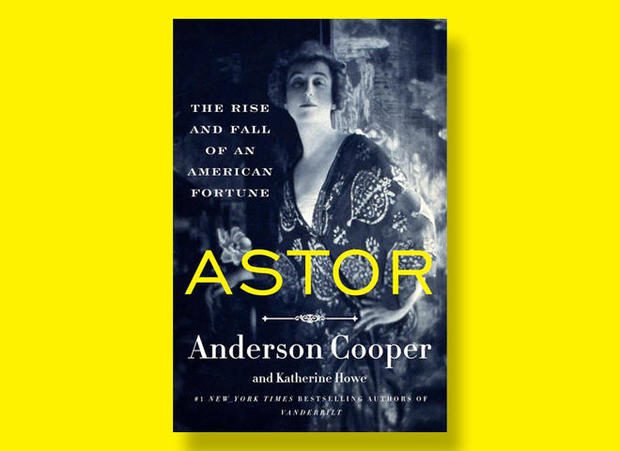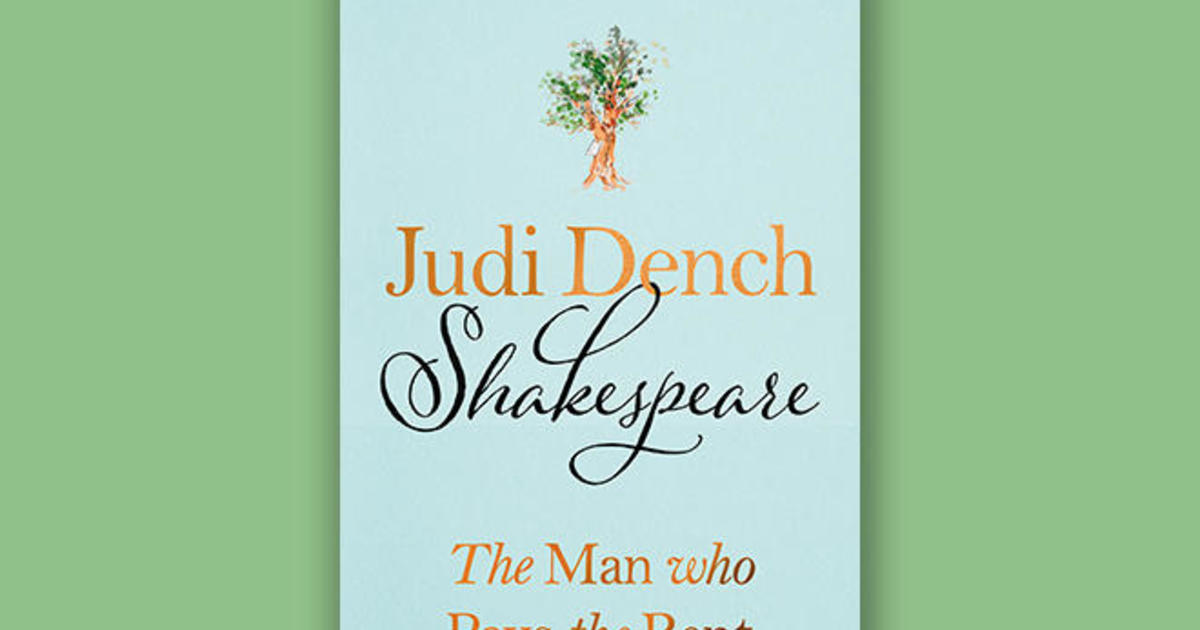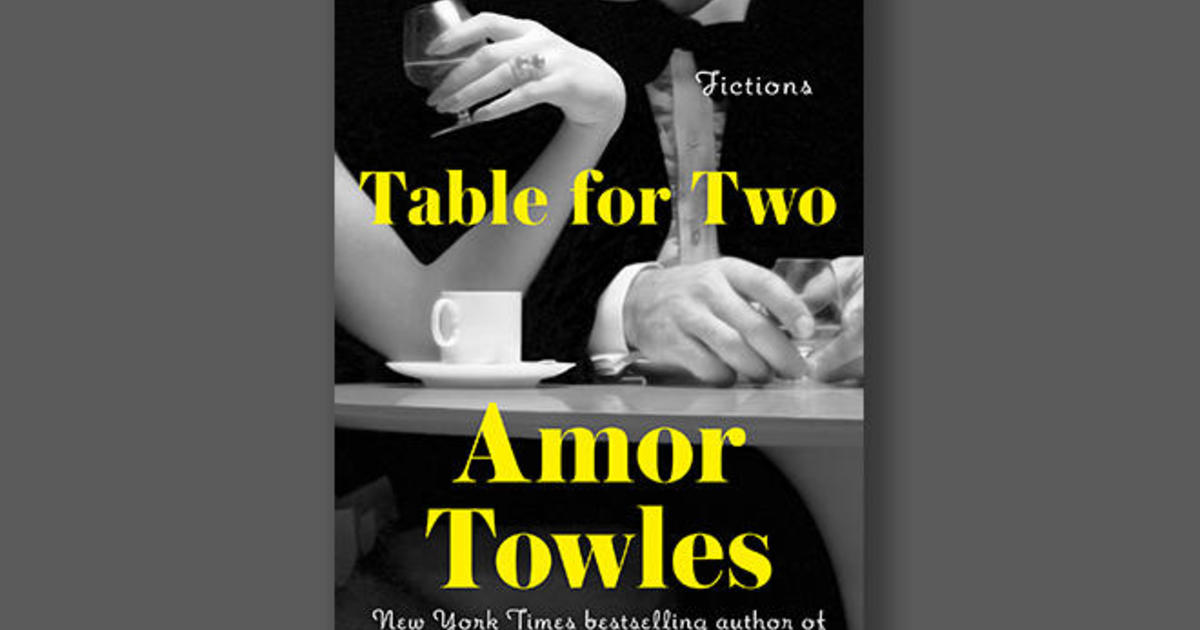Book excerpt: "Astor" by Anderson Cooper and Katherine Howe
We may receive an affiliate commission from anything you buy from this article.
Anderson Cooper and Katherine Howe, the bestselling authors of "Vanderbilt," return with a history of another American dynasty.
"Astor: The Rise and Fall of an American Fortune" (to be published September 19 by HarperCollins) traces the family fortune begun by John Jacob Astor, one of the wealthiest Americans ever, and explores how the Astors made an imprint on 19th and 20th century life.
Read an excerpt below, and don't miss Kelefa Sanneh's interview with Anderson Cooper on "CBS News Sunday Morning" September 17!
"Astor" by Anderson Cooper and Katherine Howe
Prefer to listen? Audible has a 30-day free trial available right now.
Introduction
After Mrs. Astor there was chaos.
—Frederick Townsend Martin
My first thought when I met Brooke Astor was, Who is this very small lady in a very big fur coat? I was thirteen, and it wasn't the first time I'd asked myself such a question upon being introduced to someone by my mom, Gloria Vanderbilt. I knew the name "Astor" only because of the Astor Place subway stop in the East Village and the barbershop nearby called Astor Hair, where the cool kids from my school liked to go. I didn't know "Astor" was the name of a family whose fortune began with beaver fur; that the pearls Brooke Astor was wearing around her neck and the gold glinting on her earlobes, the lustrous coat over her shoulders, even the food she was about to put into her mouth, would have been paid for—if you traced it back far enough—by the bloody business of removing fur pelts from dead beavers, otters, and other small animals. I'm pretty sure the fur she was wearing that day was sable.
It was 1981, and I was eating lunch at Mortimer's on Manhattan's Upper East Side with my mom and Carter, my brother, when Mrs. Astor swept in. My dad had died three years before, and my mom often took us to places she would otherwise have gone with him: Broadway plays, Elaine's for a late-night dinner, the Café Carlyle to hear Bobby Short sing Cole Porter. I enjoyed hanging out with my mother. It was like having a front-row seat to a never-ending performance filled with fascinating and often odd characters you actually got to interact with. And she didn't take that world too seriously—that was part of the fun of going out with her. We'd all make mental notes of things people said or did and then giggle about it together afterward. I was probably the only thirteen-year-old in New York who did imitations of society figures like Jerry Zipkin and Nan Kempner to make his mom laugh.
We were having chicken paillards and burgers at Mortimer's that day, but the food was beside the point. Mortimer's, on the corner of Seventy-Fifth and Lexington, was to New York society what Delmonico's or Sherry's had been a century before, that is, once society ladies allowed themselves to be seen eating in restaurants. The original Mrs. Astor, Caroline Astor, who defined and dominated New York society during the Gilded Age, didn't eat in a restaurant until almost the end of her life, in 1908, when she finally bent to the liberalizing changes of the twentieth century and set foot in Sherry's, when it was on Fifth Avenue and Thirty-Seventh Street. Her coming was an "event" that lit up the gossip pages all over the city. Less than eighty years later, Mortimer's was the scene of many such "events." It was the "see-and-be-seen" watering hole for the boldest of boldface names on Manhattan's Upper East Side. "Mortimer's is the best show in New York. If you can get a table," Dominick Dunne wrote in Vanity Fair, before cautioning, "But don't count on getting a table."
Mrs. Astor, of course, had no such concerns. Her table was waiting for her, right next to ours. Before taking her seat that day in 1981, she paused by our table and said something like "Hello, Gloria. Nice to see you. What handsome young men you have here"—that sort of thing.
Carter and I stood and took turns shaking her gloved hand. We'd had a lot of practice being well-behaved young men, making good impressions when out with our mother. The conversation was brief, which was probably for the best. I could tell right away my mom didn't like Mrs. Astor.
Later, when I asked her why not, she said, "She just never grabbed me"—which was classic Gloria. My mom rarely said bad things about people, but when she did, she had a lexicon all her own. "Dreadful" was her harshest criticism, usually reserved for someone who was very pushy or rich and money-obsessed. "Vincent Astor was dreadful," she later informed me, speaking about Brooke's third husband, whose name and fortune Brooke had inherited after five and a half often miserable years of marriage. I've since learned, while researching this book, that nearly everyone who knew Vincent described him similarly.
So, when my mom said that Brooke Astor "just never grabbed her," I knew exactly what she meant. I suppose someone walking down Lexington Avenue that afternoon and looking through Mortimer's expansive picture window might have been intrigued to see Gloria Vanderbilt, then fifty-seven years old, and seventy-nine-year- old Brooke Astor, the last two exemplars of Gilded Age New York, dining shoulder to shoulder. Had iPhones existed then, a passerby might even have snapped a picture and posted it on Instagram. #Iconic. Their reasonable assumption would have been that these high-profile women had much in common beyond glittering last names: elegant fashions, powerful friends, and well-appointed homes. My mom had in fact lived for several years in the same penthouse apartment at 10 Gracie Square that Mrs. Astor had once lived in, but in most ways, the two women could not have been more different. Despite the name "Vanderbilt" (which she used only in professional settings) and all that came with it, Gloria had little interest in the social world in which Brooke Astor lived, ruled, and reveled.
Though my mother also found herself in serious financial straits at times, she would never have married a man like Vincent Astor for his money, as Brooke had. My mom did not attend gala benefits or play canasta or gossip with other ladies and gentlemen who lunched. She could have chosen that life; she was expected to—but she didn't. She rejected it early on, driven by a relentless desire to prove her worth, to make something of herself by herself. She was at heart an artist, a painter and writer, and she preferred to surround herself with creative people, people who were making things.
My mom's longtime friend Ben Brantley, who closely followed the comings and goings of New York society as a writer at W Magazine before becoming the theater critic for the New York Times, recently remarked to me, "I think there was a vestigial part of Gloria that felt they disapproved of her as a maverick. Gloria was instinctively repelled by anything that smacked of hierarchy, with its codes of judgment." I think he's right. Like Caroline Astor and Alva Vanderbilt a century before, Brooke and Gloria looked alike only if you didn't know either of them very well.
Excerpted from "Astor: The Rise and Fall of an American Fortune" by Anderson Cooper and Katherine Howe. Copyright © 2023 by Anderson Cooper and Katherine Howe. Excerpted with permission by HarperCollins.
Get the book here:
"Astor" by Anderson Cooper and Katherine Howe
Buy locally from Bookshop.org
For more info:
- "Astor: The Rise and Fall of an American Fortune" by Anderson Cooper and Katherine Howe (HarperCollins), in Hardcover, eBook and Audio formats, available September 19 via Amazon, Barnes & Noble and Bookshop.org
- Anderson Cooper on Instagram
- katherinehowe.com
See also:
- Mother and son: Gloria Vanderbilt and Anderson Cooper ("Sunday Morning")




